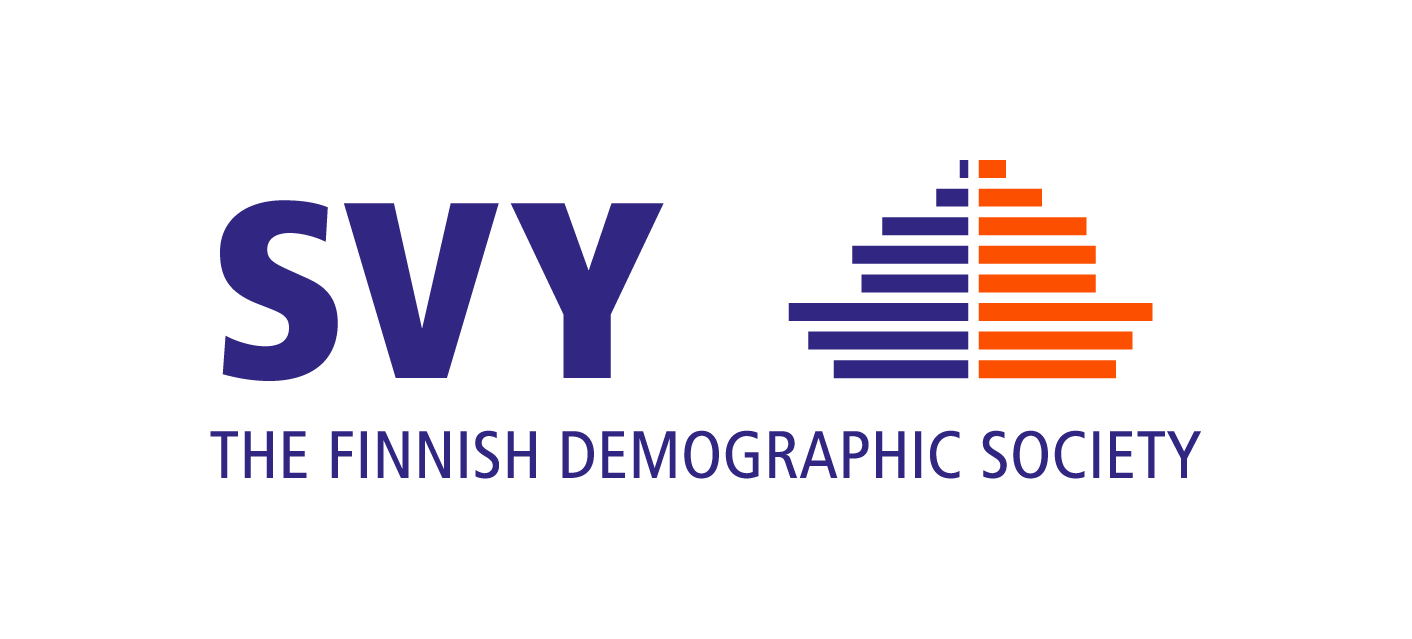Selectivity in Higher-Order Childbearing in Sweden
Keywords:
childbearing, SwedenAbstract
In this note, we present relative risks of giving birth for mothers with different numbersof children. We use Swedish register data and study the propensity to continue the
childbearing beyond child number two. We pay special attention to births of those
higher orders that are studied only rarely in conventional demographic analyses. As
the parity increases to higher numbers, we expect to ? nd some kind of selection so
that the group of mothers increasingly consists of very birth prone women. For births
after a fourth child, we indeed ? nd such an effect in that the relative risk of giving birth
to an additional child then increases with the birth order. In our intensity-regression
models, we also check whether this selection effect of increasing birth risks can be
picked up by the inclusion of a speci? c factor for unobserved heterogeneity in the
mothers propensity to give birth. We ? nd that the positive gradient in the propensity
to give birth indeed disappears when such a factor is included into our model.
How to Cite
Andersson, G. (2008). Selectivity in Higher-Order Childbearing in Sweden. Finnish Yearbook of Population Research, 43, 33–40. https://doi.org/10.23979/fypr.45033








